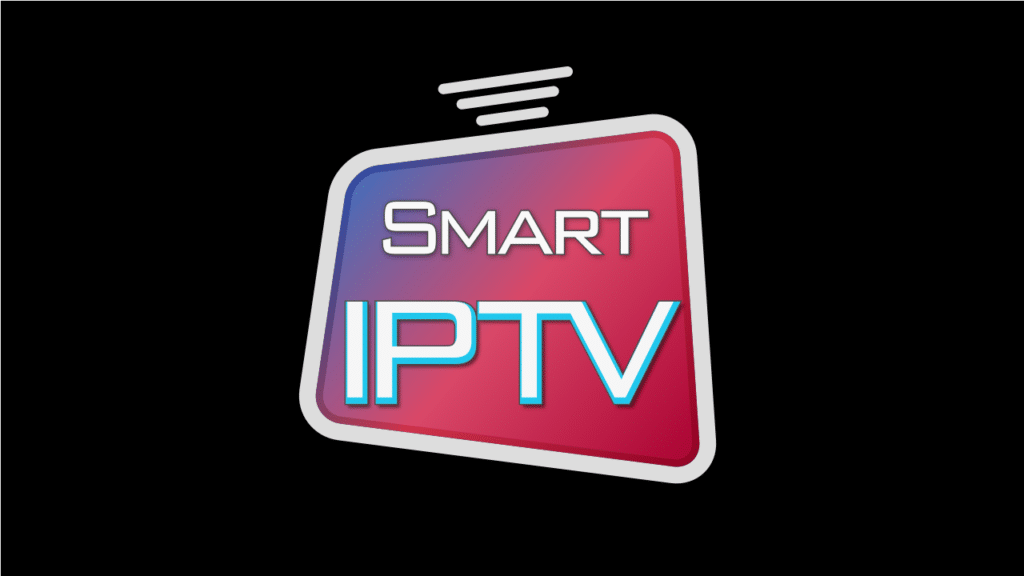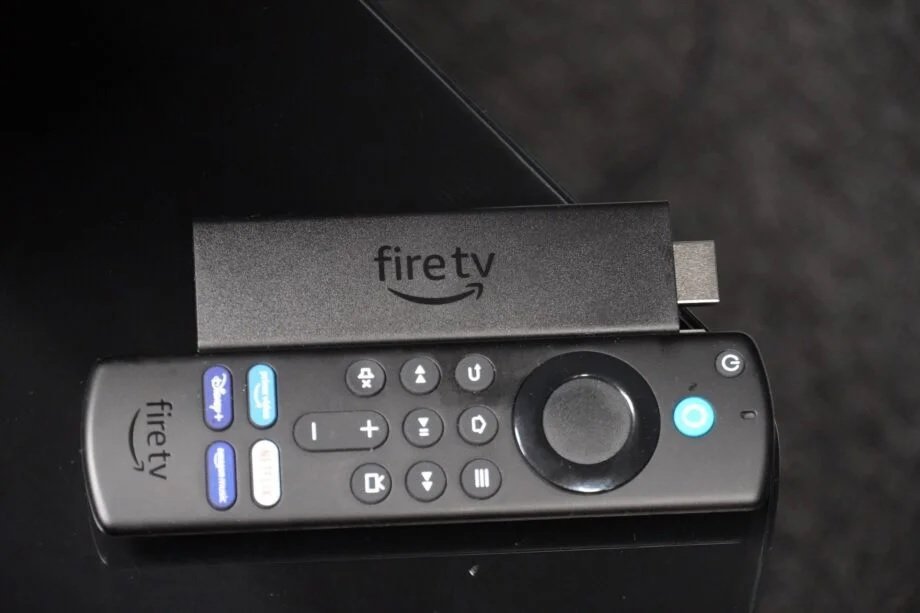A "bypass service", or OTTis a communication or media service. It is not dependent on the usual Internet service providers. This means you can watch movies, series or listen to music online without going through the big network companies. Service providers OTT offer voice calls over the Internet, advanced messaging and other forms of collaboration.
In addition to these services, they offer a wide range of videos, music and online content. You can access them from the Internet with a variety of devices, including computers, smartphones and TVs.*
Key points:
- OTT is an online communication or media delivery service.
- It provides access to a variety of content, including films, series and music.
- Users can access this content via various devices connected to the Internet.
- OTT bypasses traditional network operators.
- OTT providers offer communication services as well as content media.
How does OTT work?
Service providers OTT offer content in streaming. This content is stored on servers. They are then sent to users via the Internet.
Unlike normal TV, OTT lets you watch what you want, when you want. It's like a buffet where you choose what you eat and when.
To enjoy online series and movies, you need a good Internet connection. A slow connection can cause quality problems or interruptions.
OTT content can be viewed on multiple devices. This includes computers, phones, tablets and even smart TVs.
| OTT Service name | Number of subscribers |
|---|---|
| Netflix | 221.64 million |
| Amazon Prime Video | N/A |
| Hulu | N/A |
The advantages and limitations of OTT
OTT, an online TV service, brings many advantages. You can watch movies and series from Netflix, Amazon Prime and Hulu. You don't have to pay for each service. You can watch them on any Internet-enabled device, which is very convenient.
These services are cheaper because they use the public Internet. This means that many people can watch them without breaking the bank. So it's a good, inexpensive entertainment option for families.
But there are disadvantages too. The quality of streaming depends on your Internet connection. If your connection is slow, you may have problems watching videos without interruption. Sometimes, your Internet provider may limit your data consumption for these services.
L'IPTV has better picture and sound quality. But you need a decoder, and it may not work well if your connection is weak. And you have to pay a subscription fee to enjoy it, which isn't always ideal.
In short, OTT is a great way to watch a lot of stuff on the cheap. But you need a good Internet connection. And sometimes, your Internet provider can limit what you watch. These are the important points to keep in mind.
| Key OTT statistics | Figures |
|---|---|
| Nearly 16 billion mobile devices will be in use worldwide | 16 billion |
| 40% of households will have a connected TV | 40% |
| Spending on OTT video advertising will almost double in the United States between 2020 and 2025 | 34 billion in 2020, $63 billion in 2025 |
| An estimated 3.3 billion people will be watching OTT video by 2025 | 3.3 billion |
Conclusion
OTT is changing the way we watch content online. We can watch movies and series whenever we want. We leapfrog ISPs to choose our program from a variety of devices.
However, there are limits. Like geographical restrictions. But it's still great for anyone, anywhere in the world. We can watch our favorite shows all at once, or a little at a time.
Platforms improve over time. Now, they're putting forward quality original content. Big companies like Netflix and Amazon are changing the rules of the game. They offer ad-free or ad-supported packages.
And this will continue. Platforms will influence the media world even more. They'll offer programs designed specifically for us. And they'll promote cultural diversity and diversity of viewpoints by allowing more creators to express themselves.
FAQ
What is an OTT or bypass service?
It's a service for communicating or distributing media. It bypasses the usual Internet service providers. It broadcasts online content directly, bypassing conventional networks.
How does OTT work?
The sends data stored on servers to users via the Internet. In doing so, it uses the infrastructure of access providers. Unlike conventional TV, you can choose when to watch the content.
What are the advantages and limitations of OTT?
Its strengths are numerous. You can view a wide variety of content without a fixed subscription. And you can access it on any connected device. But some content can be blocked depending on your location or the regulations in force.
What's the conclusion on OTT?
It's really changing the way people entertain themselves online. It gives you freedom of choice over what you watch, without having to depend on providers. iptv. Despite some localization limitations, it's a pleasant and practical option for all fans of streaming all over the world.

